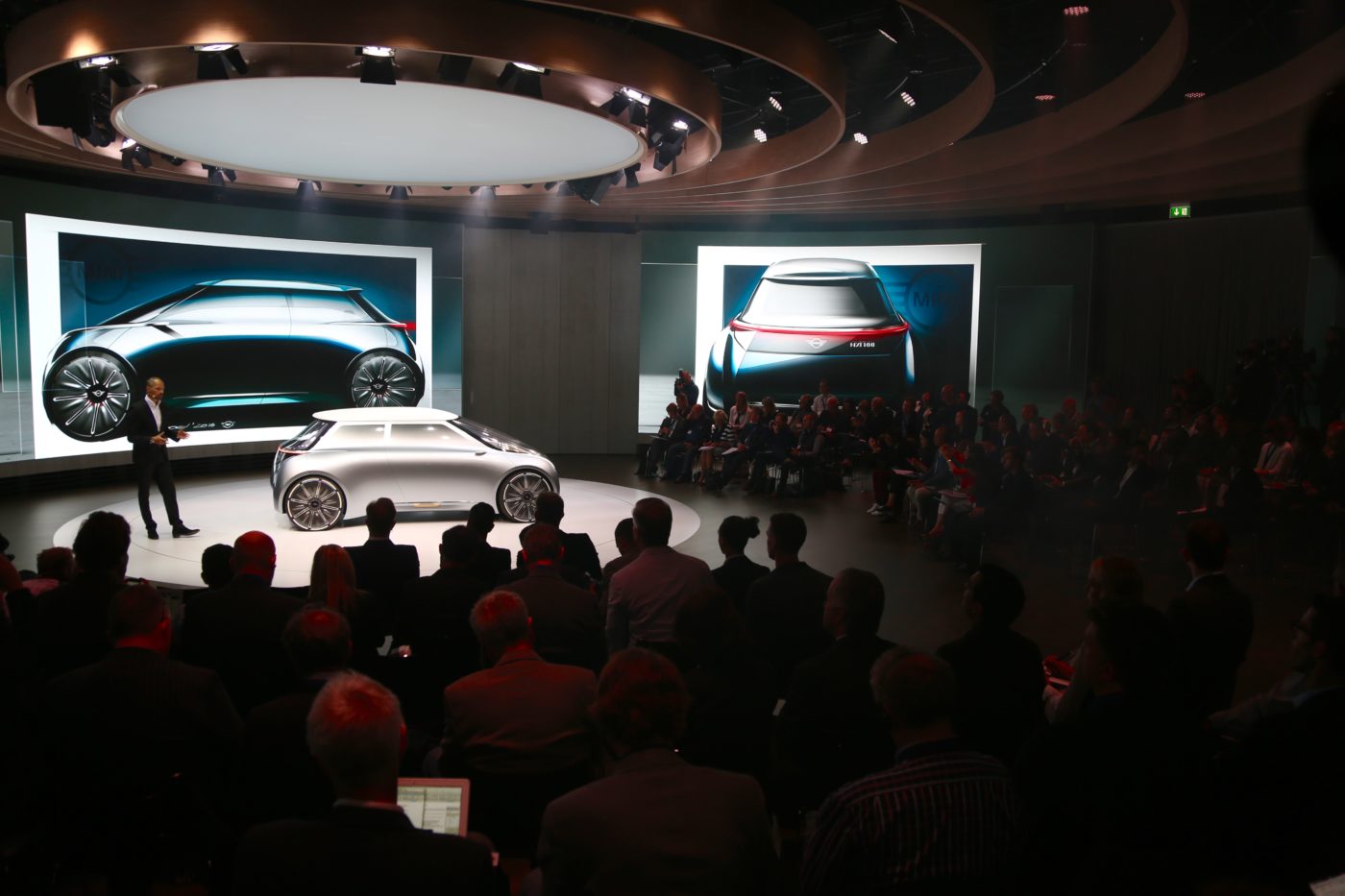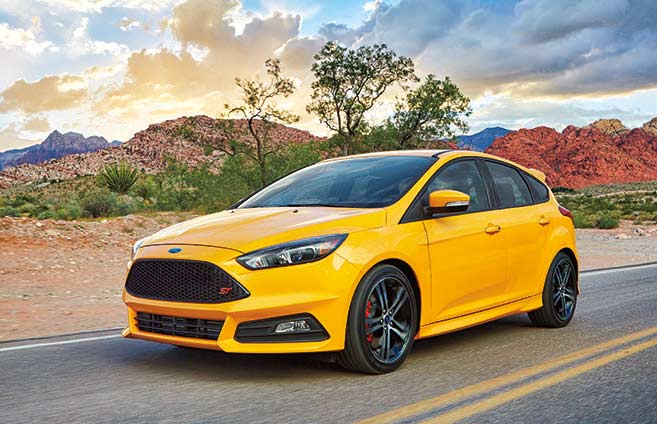Monday Musings: Paying the price for the freedom of the open road.
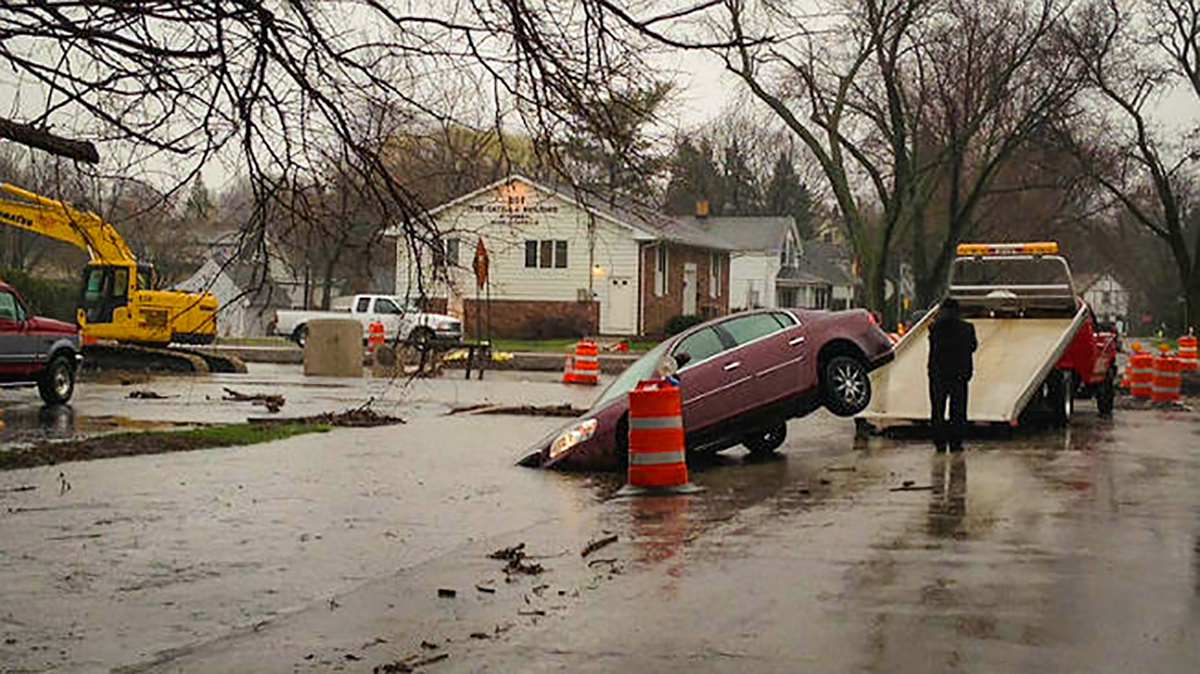
One of the biggest issues facing those of us who both love and have to drive is how to fund our transportation infrastructure. Most of our roads are paid by taxing gasoline. With both more efficient and fewer gas powered cars, however, revenues are down and no state legislator can possibly introduce (much less vote for) an alternative tax in this political environment and hope to keep his or her job. Thus, our roads and bridges are crumbling.
I touched on this recently at a conference in San Diego put on by the people who build our roads and bridges, where I was speaking about the future of the automobile and what things like electrification and autonomous technologies will mean for the future of transportation infrastructure.
This is no small subject and there are no easy answers. It is, however, something that must be dealt with if we’re going to continue to enjoy the freedom of the open road as previous generations have. Basically what it boils down to, is this.
If we want nice things, we have to pay for them.
But there are four big challenges. As I mentioned, cars will continue to become more efficient and while the internal combustion engine won’t be going away tomorrow, we will continue to move away from petroleum as a source of automotive propulsion. In addition, population trends mean more and more people will live in urban areas, and as this article in the New York Times points out, entrenched interests are clinging desperately to the status quo.
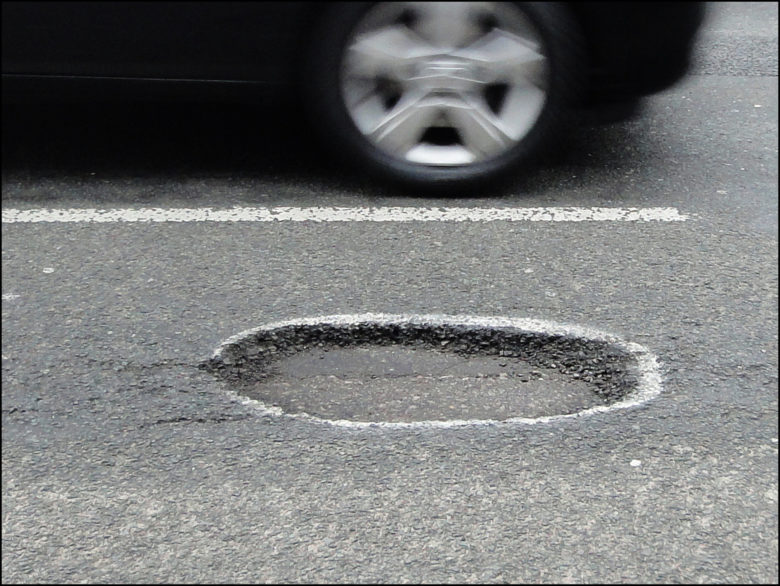
Let’s start with the last on that list. We at Rides & Drives believe the scientific community. It is evidentiary fact that a) climate change is real and b) that CO2 emissions are a contributing factor. So the question becomes, how much of a factor? According to the United States Energy Information Administration, the transportation sector – cars, trucks, busses, planes and other vehicles – now contribute more greenhouse gasses to the atmosphere than the energy sector. While some might enjoy being able to play golf in January in Michigan, at some point people in New Orleans, Miami, New York and other coastal cities, will be relocating inland as the seas continue to rise. In addition, changes in the atmosphere directly contribute to asthma, COPD, and other respiratory infections. Rolling back mileage and CO2 targets to sell more cars may make people feel better in the short run, but will have a huge negative impact in the decades to come. We cannot continue to pollute the planet without acknowledging both the human and economic costs of our behavior. We have to make cars cleaner and more efficient – which of course will reduce gas-tax revenues.
The global population continues to concentrate in urban areas. Right now on our planet there are 28 megacities – defined as urban areas with a population of over 10,000,000 people – three times more than existed in 1990. Demographers project this will grow to 41 cities by 2030. What does that mean? If more people live in cities, there will be fewer vehicle miles driven as people switch to modes of transportation like light and high speed rail, busses, and both human and electric powered bicycles. A multi-mode transportation system is a must given growing urban density, not just to keep the air cleaner, but to keep the streets from becoming clogged. Massive traffic jams in China demonstrate the dangers of relying too heavily on cars for urban mobility in and around megacities. Clogged streets impede health and safety by preventing police, fire, and health workers from doing their jobs. Fewer vehicle miles means less gas consumed and a reduction in taxes collected from the sale of fuel.
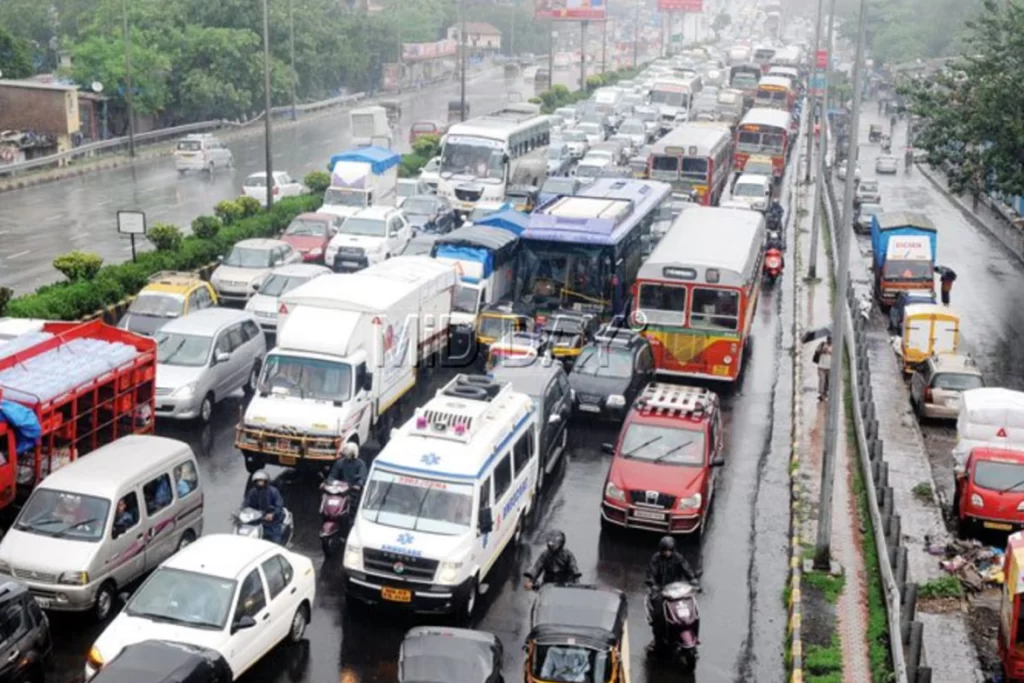
Yes it may be happening slowly, but it’s happening. Plug-in Hybrid Electric Vehicles (PHEV) and Battery Electric Vehicles (BEV) are gaining acceptance beyond the tree-huggers and affluent who can afford an $80,000 Tesla. Improved range, affordability, and cost per mile are the three main reasons. You can now buy a Chevy Bolt for less than $30,000 and drive it 238 miles on a single charge for an energy cost of just $.04 per mile based on average electric utility rates. The cost per mile for a gasoline powered car making 25 miles per gallon is $.10 per mile if you’re paying $2.50 per gallon of gas.
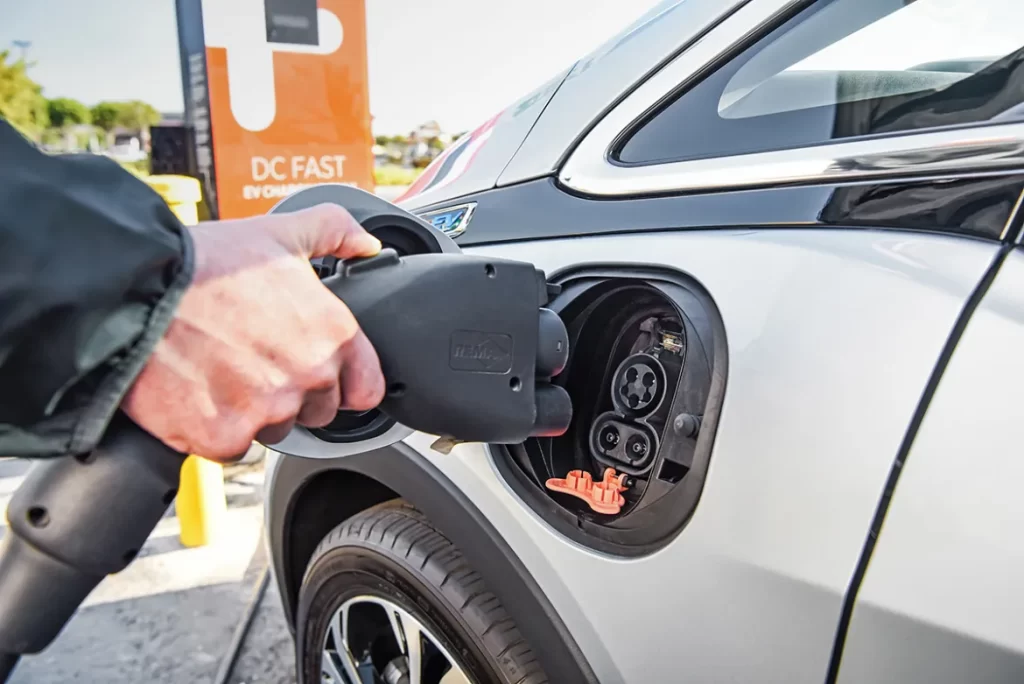
Now I know battery power isn’t perfect. It takes significantly longer to charge a battery than to fill a gas tank. The materials that make up our batteries can be toxic and the mining process to get them ain’t pretty. Nevertheless, as the search continues for cleaner means of propulsion, we will be reducing the amount of gasoline sold.

What this boils down to is that we can’t rely on gas taxes to fund the construction and maintenance of the roads and bridges we drive on. And putting off the maintenance has deadly consequences.
The only solution that seems both effective and equitable is a use tax – a fee paid for every mile driven taking into account the weight of the vehicle you’re driving as that greatly affects how much wear and tear a car or truck causes to the roads. In essence this is what we’re paying now. Vehicles that are driven more and are heavier pay higher gas taxes because they use more fuel. All that’s needed to implement a per mile use fee is a reliable way to gather the annual mileage a car is driven. The devil is, of course, in the details. How will we monitor someone’s mileage? How will the fee be assessed? How much will the average person pay per mile? Per month? Per year?
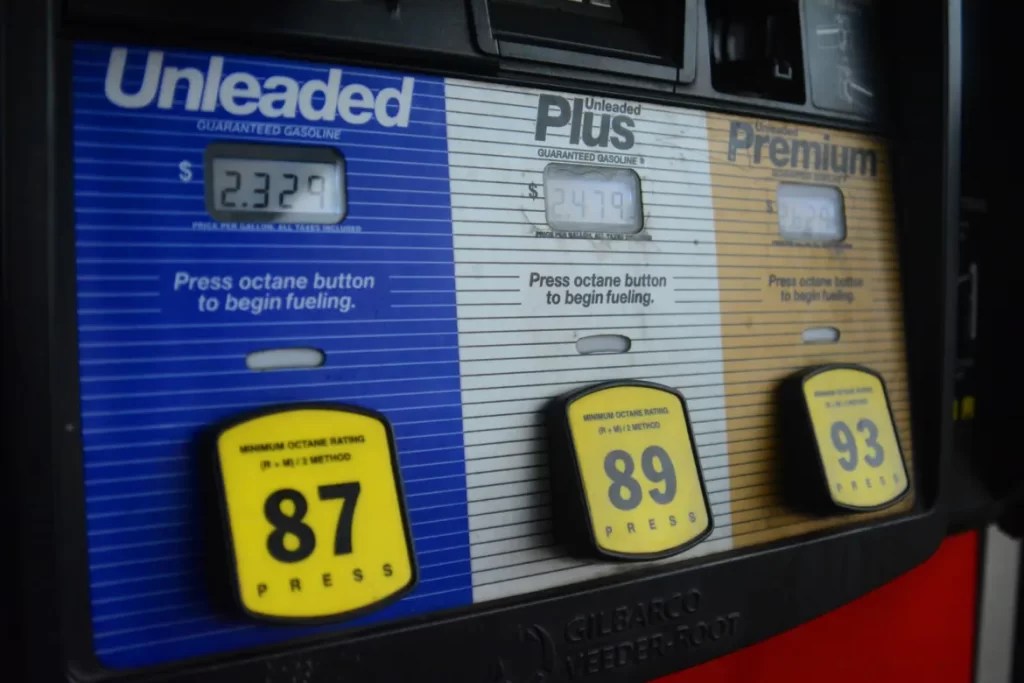
Right now the national average between the federal and state taxes collected on a gallon of gas is about $.45 meaning you’re paying just under $.02 a mile if you get 25 miles per gallon.* So assuming we’re going for straight replacement of the lost revenue that means you’ll pay $.02 for every mile you drive. The average person drives about 12,000 miles per year which means if you’re average you’ll pay $240 per year in a vehicle use tax. If you’re above average like me and drive 30,000 miles that’s $600 a year. If you drive a vehicle that weighs over a certain amount, say 5,000 pounds, you might pay a little more. If you ride a 400 pound motorcycle, you might pay a little less. The trick will be setting up the system to collect mileage, determine vehicle classes, and figure out how much to charge per mile for each.
This isn’t a new idea. They’re already testing it in Oregon and RAND Corporation has done extensive study on the matter. The question isn’t whether or not we have a responsibility to pay for the roads we use. It’s how do we pay for the roads we use? The sooner we start thinking about this, the safer we’ll all be.
*I was a latin major at the University of Michigan, so feel free to check my math. If I’ve made errors, I’ll own up to them.

